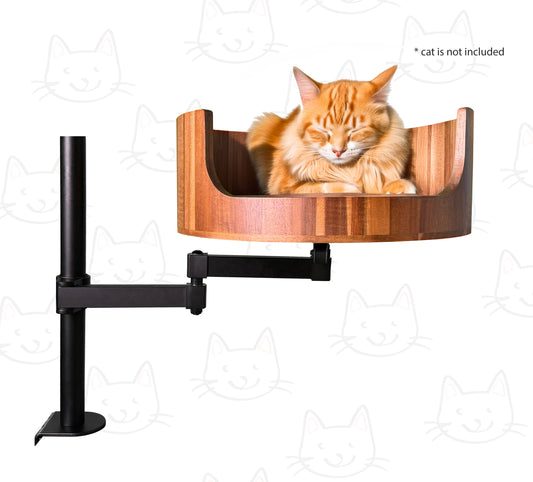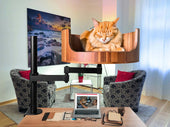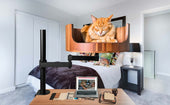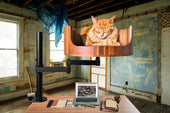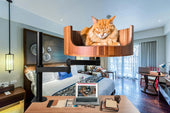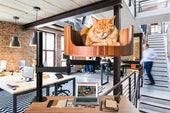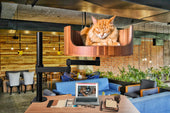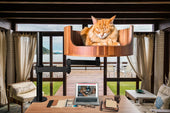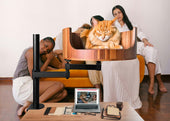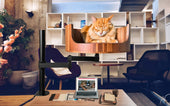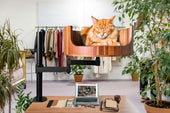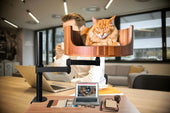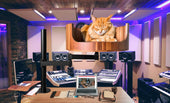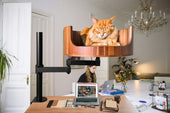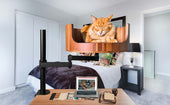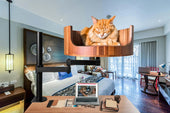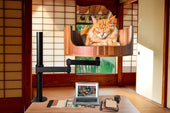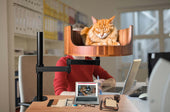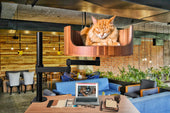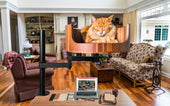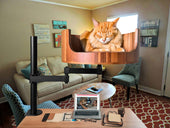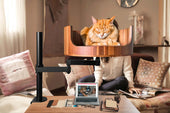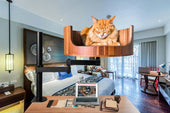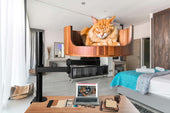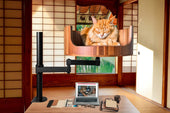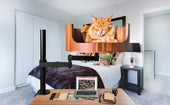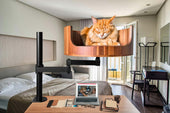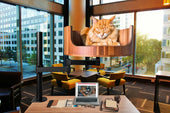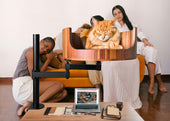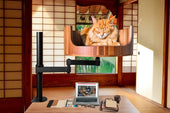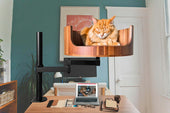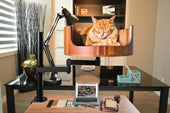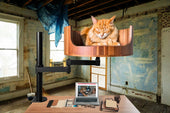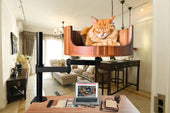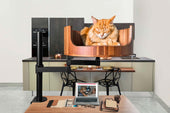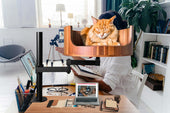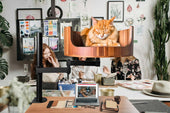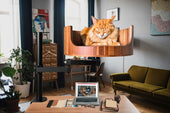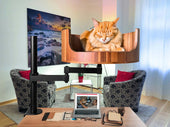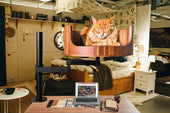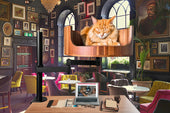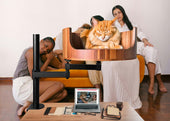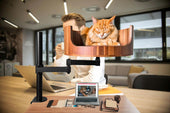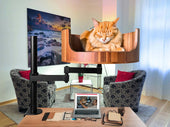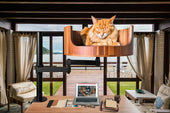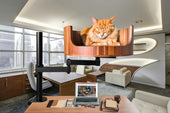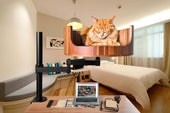
Dog Eating Cat Litter Symptoms: What to Watch For
Share
Dog owners know that dogs can be curious creatures, often getting into mischief when left unsupervised. One potential hazardous behavior that some dogs engage in is eating cat litter. When dogs consume cat litter, it can lead to a variety of symptoms that can be concerning for pet owners. In this article, we will explore the symptoms to watch for if your dog has been eating cat litter and what you should do if you suspect your furry friend has indulged in this unhealthy habit.
First and foremost, it is important for dog owners to be aware of the signs that their pet may exhibit after ingesting cat litter. Symptoms such as vomiting, diarrhea, lethargy, loss of appetite, and abdominal pain are common indicators that something may be wrong. In some cases, dog eating cat litter can lead to more serious health issues such as gastrointestinal blockages or poisoning. It is crucial for pet owners to monitor their dog closely and seek veterinary assistance if any concerning symptoms arise. By being proactive and informed, dog owners can help ensure the health and well-being of their beloved canine companions.
1. Symptoms of a dog eating cat litter can include vomiting, diarrhea, lethargy, and loss of appetite.
2. Ingesting cat litter can be harmful to dogs due to the chemicals and bacteria it contains.
3. If you suspect your dog has eaten cat litter, it is important to monitor their symptoms and contact a veterinarian immediately.
4. Treatment may involve inducing vomiting, administering activated charcoal, and providing supportive care.
5. Preventing access to cat litter, using dog-specific litter, and training your dog to avoid it can help avoid potential health risks.
Symptoms of Dog Eating Cat Litter
There are several common symptoms that may indicate your dog has been eating cat litter. One of the most obvious signs is if you notice your dog eating cat feces directly from the litter box. Other symptoms may include vomiting, diarrhea, constipation, lack of appetite, lethargy, abdominal pain, and weight loss. If you notice any of these symptoms in your dog, it is important to consult with your veterinarian for further evaluation.
Risks and Dangers of Dogs Eating Cat Litter
Dogs eating cat litter can pose serious health risks. Cat litter may contain bacteria, parasites, or toxins that are harmful to dogs when ingested. Ingesting cat litter can also lead to gastrointestinal blockages, which may require surgical intervention to remove. Additionally, cat feces can contain the parasite Toxoplasma gondii, which can be transmitted to dogs and cause toxoplasmosis. It is essential to prevent your dog from eating cat litter to avoid these potential risks and dangers.
Preventing Dogs from Eating Cat Litter
There are several steps you can take to prevent your dog from eating cat litter. One effective method is to place the litter box in a location that is inaccessible to your dog, such as behind a baby gate or in a room with a closed door. You can also consider using a covered litter box with a small opening that is too small for your dog to access. Regularly cleaning the litter box and promptly disposing of cat feces can also help prevent your dog from being tempted to eat cat litter. Additionally, providing your dog with plenty of mental and physical stimulation can help reduce their interest in exploring and potentially eating cat litter.
Desk Cat Nest FAQ
Can Desk Cat Nest help prevent my dog from eating cat litter?
Yes, Desk Cat Nest can help prevent your dog from eating cat litter. By providing a safe and cozy space for your cat to do their business, the litter will be out of reach of your dog, reducing the chances of them eating it.
How does Desk Cat Nest work to prevent dog eating cat litter symptoms?
Desk Cat Nest works by offering a separate and enclosed area for your cat to use the litter box. This eliminates the possibility of your dog accessing the litter box and consuming any litter.
Is Desk Cat Nest easy to set up and use?
Yes, Desk Cat Nest is easy to set up and use. Simply place the litter box inside the Desk Cat Nest and train your cat to use the new designated area. Your dog will no longer have access to the litter, reducing the risk of them eating it.
Is Desk Cat Nest suitable for all types of cats and dogs?
Desk Cat Nest is designed to accommodate most sizes and breeds of cats. However, it may not be suitable for very large cats or dogs who are determined to access the litter box. It is best to monitor your pets initially to ensure the system works effectively for your household.
In conclusion, choosing a Desk Cat Bed for your feline friend can greatly help alleviate the symptoms of dog eating cat litter. By providing a designated space for your cat to rest, play, and feel secure, the Desk Cat Bed can help reduce stress and anxiety in both cats and dogs sharing the same living space. Additionally, the raised design of the Desk Cat Bed can help prevent dogs from accessing the cat litter box, reducing the risk of them consuming harmful materials. Investing in a Desk Cat Bed is not only a valuable choice for your pets' well-being, but also offers a stylish and comfortable solution for your home.

